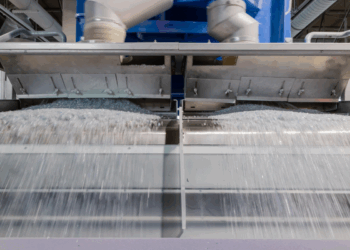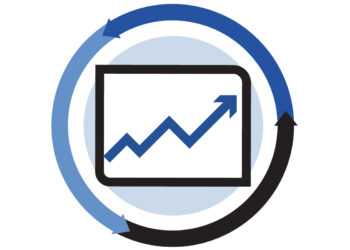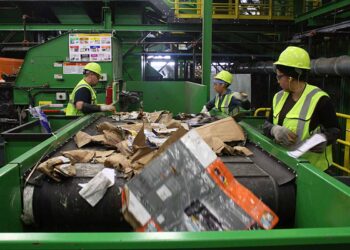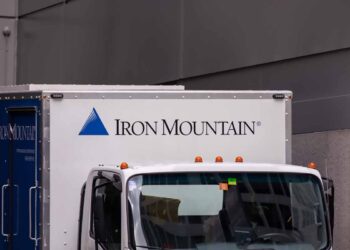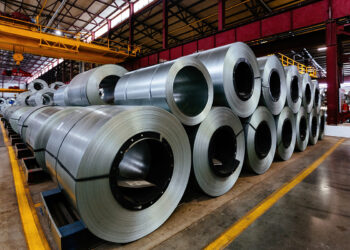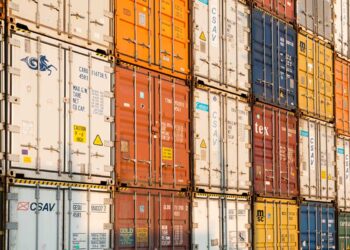Sims Limited is looking to slash its emissions from electricity and fuel with a series of steps outlined in its inaugural climate report.
While those emissions mainly come from Sims’ metals recycling businesses, Sims Lifecycle Services (SLS), the ITAD and electronics recycling segment of the publicly traded company, also has a role to play.
SLS redeployed 2.7 million cloud units in 2022, making progress on its goal of repurposing or redeploying 8.5 million units by the end of fiscal year 2025, according to its first-ever climate report.
“Despite supply chain constraints that limited the release of cloud material in FY22, repurposed units grew by 28.6%,” the report noted. “We also launched a sustainability calculator, new service offerings and invested in engineering and technology to continue driving innovation and build capacity to scale up operations quickly when the supply chain challenges recede.”
By 2025, SLS plans to be carbon neutral in its direct operations and reduce emissions, which is 12 years earlier than its initial pledge. The largest source of emissions for SLS is natural gas, at 64%, which mainly comes from the precious metals assay facility at Franklin Park, Ill.
“Our assay lab processes samples from customers’ materials to determine precious metal percentage,” the report explained. “The process currently uses natural gas to achieve the high temperatures required to melt samples. While we will pursue efficiency and low-emissions alternatives, it is likely that, in the short term, these emissions will be balanced with verified carbon offsets to meet the 2025 carbon-neutral target.”
Electricity is the next largest source of emissions for SLS, at 33%, and the remaining 4% of emissions come from fossil fuels for light-duty vehicles and the company’s mobile plant.
To address those emissions, SLS is moving to 100% renewable electricity contracts at locations where it directly contracts for electricity, examining efficiency and fuel substitution options, pursuing energy efficiency and conservation programs, exploring electric and low-emissions options in the SLS light-duty vehicle fleet and setting environmental criteria for new facilities.
In fiscal year 2022, SLS transitioned its sites in New Zealand, Europe and India to 100% renewable electricity and replaced all lighting at its German facility with LEDs. The lighting upgrade should bring a 50% reduction in annual electricity use from lighting, compared to 2020, the climate report said.
Overall, parent company Sims showed an emissions reduction of 21% compared to its 2020 baseline, and 37% of the company’s electricity came from renewable sources in 2022. Electricity accounts for 41% of the entire company’s emissions, and 53% comes from the use of fossil fuels such as diesel in its fleet and mobile plant. Its metals division generates the bulk of the collective footprint, the report noted.
“Planned electrification of the diesel fleet will increase electricity consumption at our yards, so moving to renewable electricity early is of strategic importance to recognise the maximum emissions reductions and support capacity and demand management at sites,” the report stated.
In 2022, Sims Limited also measured its value chain emissions – known as Scope 3 emissions – for the first time. The company found that more than 90% of its Scope 3 emissions come from the steel and maritime sectors, connected to the processing and transportation of Sims Metal’s products.
About 95% of all Scope 3 emissions come from the metal business, with less than 3% coming from SLS. That 3% is largely emissions from the use of refurbished products and third-party transport.
“SLS participates in the U.S. EPA SmartWay program to assist in improving freight efficiency and environmental performance across logistics activities,” the report noted, and Sims will set an action plan for reducing Scope 3 emissions in 2023.








